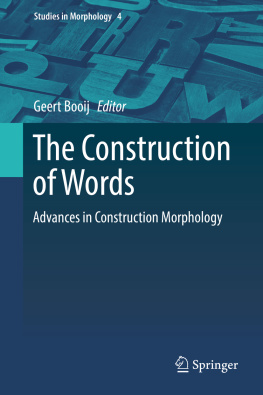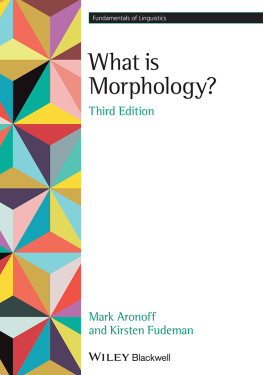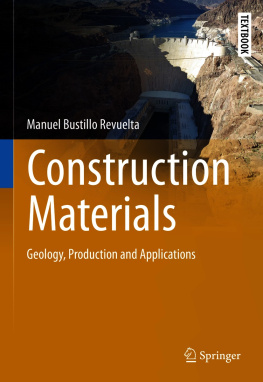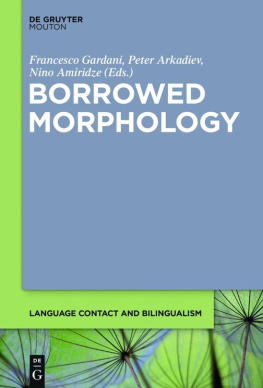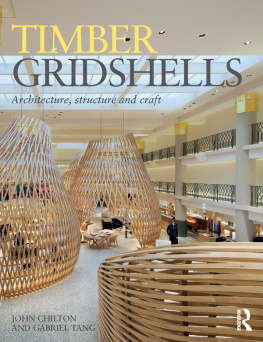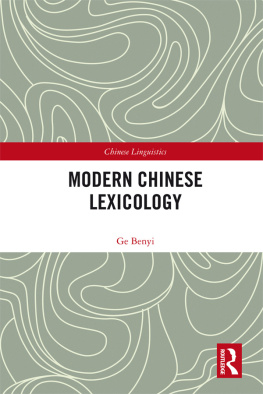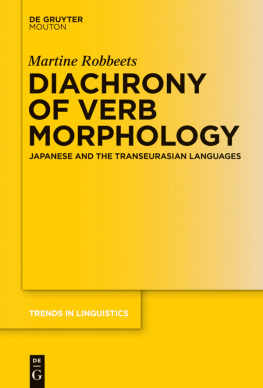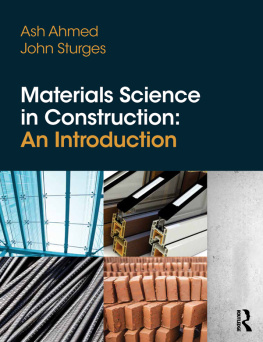Introduction
The word construction in the title of this volume, The construction of words, has both an action and a result interpretation. When used as an action noun, the construction of words denotes the formation of words. In its result interpretation, the phrase the construction of words denotes the morphological structure of existing words. Both interpretations of this word are relevant in the articles in this volume on advances in Construction Morphology, because morphology has to account for the properties of existing complex words, as well as for the formation of new ones.
Construction Morphology is a theory of linguistic morphology in which the notion construction plays a crucial role. A linguistic construction is a systematic pairing of form and meaning, and this notion applies to the analysis of both syntactic and morphological phenomena. The constructional approach is referred to as Construction Grammar (Hoffmann and Trousdale ), abbreviated as CxM.
The model of CxM uses constructional schemas to account for the systematic form-meaning relations between words. For instance, there is a systematic form-meaning relationship between the following two sets of corresponding English words (data from Bauer et al. : 304):
(1) | noun | adjective |
art | arty |
bitch | bitchy |
girl | girly |
rust | rusty |
The meaning of the adjectives can be paraphrased as possessing characteristic properties of N, where N denotes the meaning of the corresponding noun. This systematic paradigmatic relationship can be captured by the following morphological constructional schema:
(2) | form: | [[x]Ni y]Aj |
meaning: | [possessing characteristic properties of SEMi]SEMj |
An alternative formalization that is common in Construction Morphology is (3):
(3) | [[x]Ni y ]Aj [possessing characteristic properties of SEMi]SEMj |
The double arrow stands for the form-meaning correspondence. The variable x stands for the phonological form of the noun. By means of co-indexation it is indicated that the meaning (SEM) of the noun is a component of the meaning of the corresponding adjective. This schema presupposes that the meaning of the noun is specified separately. Hence, this schema is based on paradigmatic relations between words.
The function of such a constructional schema is primarily to provide motivation for the properties of English denominal adjectives ending in -y . In other words, the form and meaning of such adjectives are not completely arbitrary. Thus, it is a primarily declarative approach to morphological knowledge. However, such schemas also indicate how new words can be formed. By replacing the variable in schema (3) with a noun, for instance the noun perfume , we derive a new adjective, perfumy .
The basic ideas of CxM have been explicated and defended in Booij (). The present volume aims to show the relevance and fruitfulness of the model of CxM in various domains of linguistic research.
CxM is word-based morphology. That is, complex words are not seen primarily as a concatenation of morphemes, but as independent meaningful units within which certain subcomponents (morphemes) may be distinguished on the basis of paradigmatic relations with other words. That is, morphology is not to be equated with the syntax of morphemes. Morphological schemas characterize the Gestalt of complex words and their holistic properties. This view of the nature of linguistic signs is also fundamental for a proper analysis of sign language and visual language, as Lepic & Occhino (Chapter , this volume) argue in detail.
The articles in this volume are organized as follows. First, a number of articles argue that the CxM model can deal with various phenomena that pose theoretical challenges for models of grammatical organization such as non-concatenative morphology, partial and multiple motivation of words, discontinuous lexical items, the interface between morphology and phonology, sign language, and visual language (Part 1). Secondly, various articles show how CxM can be fruitfully applied in the description of the morphology of individual languages. The morphological analyses of these languages lend empirical support to various theoretical concepts of CxM (Part 2).
An important criterion for the adequacy of linguistic models is that of graceful integration (Jackendoff : 2). Therefore, this volume also contains studies that deal with the relevance of CxM for historical linguistics (Part 3) and psycholinguistics: language acquisition and language processing (Part 4).
Two articles deal with the application of CxM to languages conveyed in a modality other than speech such as sign languages and visual languages, and show how some concepts of CxM are enlightening in these domains of linguistic research as well.
Lepic & Occhino (Chapter , this volume) propose that American Sign Language utterances should be analyzed as constructions, as they draw on conventional patterns of meaning and form exhibiting fixed and variable slots. They show that the CxM approach leads to a uniform analysis of monomorphemic lexical signs and multimorphemic classifier signs. They show that the CxM analysis can then be extended to the analysis of multimodal spoken English utterances, as well.
Cohn (Chapter , this volume) argues for the relevance of the concepts of Construction Morphology for the analysis of visual languages. Just as structured mappings between phonology and meaning make up the lexicons of spoken languages, structured mappings between graphics and meaning comprise lexical items in visual languages. Such representations may also involve combinatorial meanings that arise from affixing, substituting, or reduplicating bound and self-standing visual morphemes. Hence, they show a striking parallelism with the way that morphological constructions are created in ordinary language.

